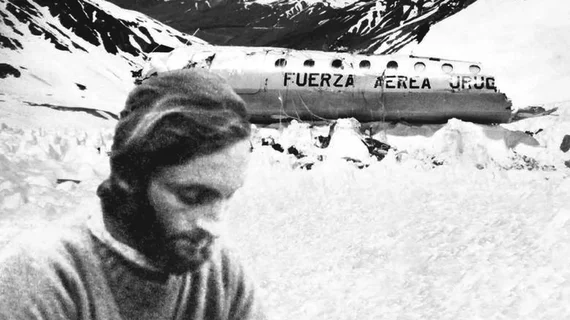Bravery of Andes plane crash survivor, now a pediatric cardiologist, on display in Netflix film ‘Society of the Snow’
Cardiologist Roberto Canessa, MD, was just 19 when the plane he was on—Uruguayan Air Force Flight 571—crashed in the Andes in 1972, killing several people instantly and stranding the survivors for 72 days.
The ordeal only ended because two survivors—Canessa and Nando Parrado—trekked into Chile for 10 days, traveling 38 miles and eventually reaching help. The remaining survivors were then rescued.
Canessa, who went on to become a motivational speaker as well as pediatric cardiologist, is once again making headlines with tales of his bravery due to a new Netflix film about the incident, “Society of the Snow.” In addition to being one of the primary characters played in the film, he was also given the opportunity to act, showing up in a cameo as a doctor.
This isn’t the first time a movie has been made about Uruguayan Air Force Flight 571—and it probably won’t be the last—but “Society of the Snow” has been so well-received that many speculators believe it could potentially be nominated for an Academy Award.
“Human beings undergo a transformation in cases like this,” Canessa told TIME in one interview. “There is a real metamorphosis from being a rugby player to becoming a survivor of a plane crash. I believe people have that potential.”
Canessa also spoke to People, saying he did not think he would survive the ordeal as it unfolded.
Canessa has had a long, celebrated career in pediatric cardiology. He worked at the Italian Hospital of Montevideo and the Hospital Pereira Rossell, both in Uruguay, and was recognized an Honorary Fellow of the American Society of Echocardiography.
He was initially attracted to pediatric cardiology because of the vulnerability he saw in the patients. According to Canessa, surviving that crash at such a young age has helped him assist other kids who have to immediately face “their own ‘high mountain’ after birth.
“Over treating adults or the elderly who suffer from other diseases, I prefer the most challenging group, the most vulnerable, children that came out ‘the assembly line’ somehow faulty, those who had no chances whatsoever not long ago,” he said on his website.

